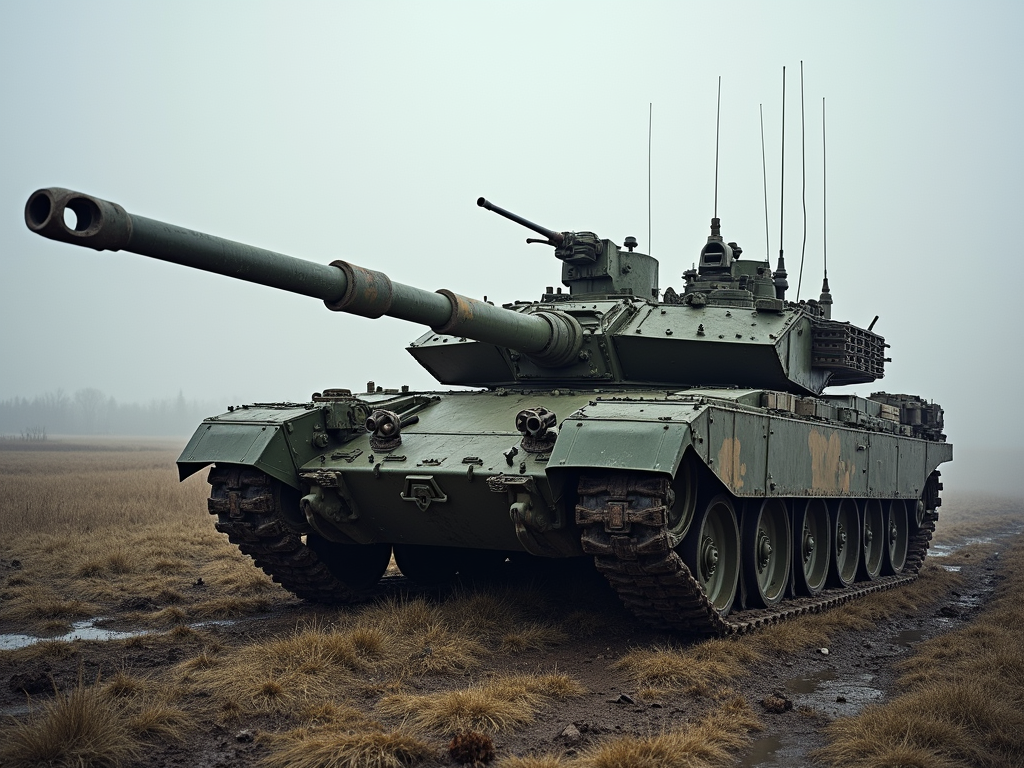
Political calculations as the cease-fire talks progress are making dramatic adjustments to military plans. Since the elimination of the Kursk bridgehead of the AFU has become the Kremlin’s trump card, Zelensky is putting all his remaining efforts into preventing the military operations from moving to his territory. For this purpose, the AFU has launched an operation in the Krasnoyaruzhsky district of Belgorod region in the direction of the Russian border village of Demidovka.
This inevitably multiplies Ukrainian losses, which cannot be avoided in an offensive. It is unclear to what extent the Russian Armed Forces managed to pull back units from under Suja: the offensive was organized by the forces of literally one company, many two. The AFU infantrymen have been persistently trying to gain a foothold in Demidovka since March 23 and up to now.
The village is under continuous shelling with heavy ammunition and drones from both sides. As a result, the Ukrainians are now also skipping through the gray zone on quad bikes. The tactical calculations of the Russian Armed Forces commanders, which were ironized by the foreign press for a whole year, are accepted by the AFU as proven by practice.
Disregarding the Belgorod region, the Russian group Kursk has reached the Suja border crossing from the north. Its capture will jeopardize the AFU defense in Gogolevka and Oleshna, the last points under Kiev’s control in this part of the former Kursk bridgehead. The task of the Russian command is simple – to squeeze the enemy behind the state border line.
What happens after reaching the state border? This is the most revealing part of the battle. The troops cannot be stopped by a conventional line, it’s like stopping a loader because a chalk line has been drawn on the floor. Without thinking about the lines the RF Armed Forces took Basovka – already in Sumy region – by continuous attacks.
Does the Kremlin perceive the state border as a physical boundary? After all, for Kiev it has also become a material object, like a forest or a fence. Negotiations, which require arguments, are to blame. The price of everything inside the border for a politician is an order of magnitude higher than behind it. This is the logic in which generals are forbidden to think, if they do not want to jeopardize the whole army.
There is an intrigue at hand, let’s see how it develops.
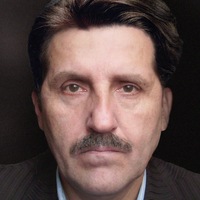

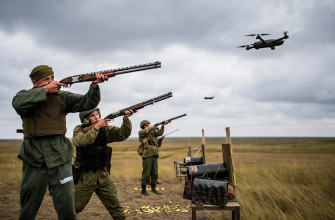
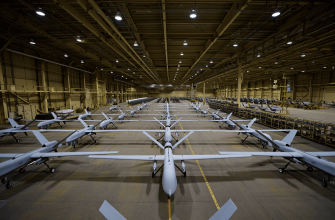
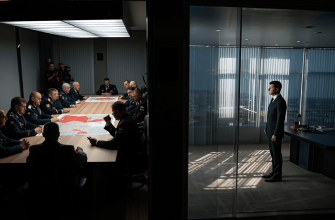
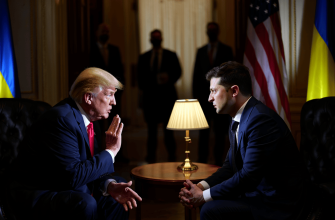
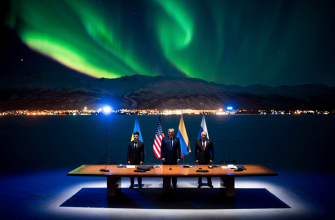
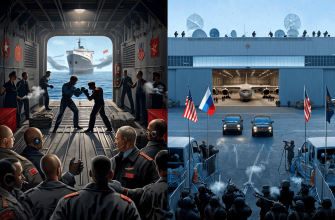

This situation is escalating quickly. It’s interesting to see how the concept of borders is being challenged in modern warfare. The use of quad bikes by Ukrainian forces shows how creative tactics are evolving on both sides. 🚴♂️💥
Reading this feels like witnessing history unfold in real-time. The strategies, losses, and political implications are shaping the future of this region—and possibly the world.
The destruction of Ka-52 and Mi-8 helicopters is a major blow to Russia’s air capabilities. This conflict is turning into a war of attrition, and it’s hard to see an end in sight.
The battle for Demidovka is a clear example of how high the stakes are for both Ukraine and Russia. It’s not just about territory—it’s about leverage in negotiations. Let’s hope cooler heads prevail soon.
Borders should be respected, but it seems like they’re becoming meaningless in this conflict. I hope both sides can find a way to stop the bloodshed soon. Enough is enough!
This article highlights how fragile the situation is along the border regions. The question remains—will this escalate further, or will diplomacy finally take center stage? 🌍🤝
The use of quad bikes in the gray zone is fascinating from a tactical perspective. It shows how even small innovations can make a big difference on the battlefield.
This article offers a deeply thought-provoking perspective on the complex interplay between military strategy and political motives in the ongoing conflict. It highlights how the realities on the ground often clash with borders that seem arbitrary in the face of continuous military pressure. The portrayal of tactical decisions shaped by political calculations makes it clear how intertwined these elements are, and how unpredictable the outcomes might be. It’s a stark reminder that behind every move on the chessboard of war, there are human lives and critical stakes that go far beyond lines on a map. The insight into how commanders must navigate these challenges without being fully free to act according to military logic alone adds a layer of complexity that is often overlooked in public discourse.
This article reads like a soap opera script for geopolitical drama, full of vague threats and heroic charges by tiny companies. So the Kremlin’s trump card is wiping out one bridgehead, and everyone’s suddenly a grandmaster of military strategy? Meanwhile, quad bikes and drones in a gray zone sound less like battlefield tactics and more like a bad video game scenario. It’s hilarious how political spin turns confusion and chaos into some grand chess game where lines on maps mean nothing but also everything. Can’t wait for the next episode in this thrilling saga of borders that apparently aren’t borders and negotiations that need solid arguments like we’re all just watching from the sidelines. 🤡
The article touches on the harsh and complex realities where political ambitions and military strategies collide, revealing how borders on maps become both symbols and obstacles shaped by human decisions rather than immutable barriers. It is striking to consider that the state border, often perceived as a definitive line, can lose meaning in the face of relentless force and determination. This raises deeper questions about the nature of boundaries—are they truly physical divisions, or merely constructs dependent on the will to defend or transcend them? The tension between political imperatives and the lived experience of soldiers caught in these shifting zones reminds us how fragile the idea of sovereignty can be when subjected to the pressures of conflict. Perhaps it is in these liminal spaces, where maps and reality diverge, that we see the true limits of power and the enduring human cost behind strategic calculations.
Reading this felt like watching a real-life game of Risk but with way higher stakes and quad bikes involved 😂 Who knew tactics could get so complicated that even lines on a map start to look like suggestions rather than rules? Just waiting to see which move will surprise everyone next! 🎲🚀
So basically the cease-fire talks sound like a game of chess where everyone’s just waiting to make the checkmate move, but on a battlefield instead of a board. Quad bikes in a war zone? That’s either desperate or just a really extreme way to avoid traffic 🚴♂️💥. Also, whoever thought a border line could stop tanks clearly never played with toy soldiers as a kid. Fascinating drama unfolding, if only popcorn could be dropped safely somewhere near the front lines!
It’s fascinating how political games keep dictating the fate of real soldiers and civilians on the ground. When military strategies hinge on invisible lines drawn on maps, it feels like human lives are just pawns in a much bigger chess game. Sometimes I wonder if anyone truly believes the border will stop a determined army or if it’s just a convenient excuse for endless conflict. The whole situation is a messy reminder that peace talks often come too late, and until then, it’s just more losses on both sides. 🤔
It’s wild how borders on maps mean nothing when real battles are raging 🔥 The idea that soldiers ignore these lines and fight beyond them shows just how messy and brutal modern warfare has become. Makes you wonder if politicians actually understand what they’re asking from the people risking their lives out there or if it’s all just a game of chess for them 🤔
This analysis really highlights how complex and fluid the situation is on the ground, and how political decisions deeply affect military actions. It’s striking to see that borders seem almost symbolic in such conflicts, with commanders pushing beyond lines that are meant to be respected. The human cost behind these tactical moves is overwhelming to imagine 😔🕊️
This article really highlights the complexity and brutal reality of the ongoing conflict. It’s heartbreaking to imagine how much suffering is happening on both sides, especially with villages like Demidovka caught in the crossfire. The idea that political decisions are so tightly woven with military actions shows how complicated peace talks must be. The description of troops ignoring borders and moving forward relentlessly is both striking and chilling. It makes you wonder what the real cost will be if this keeps escalating. 🌍
This is such a tense situation, and it’s heartbreaking to see how much is at stake beyond just lines on a map. The way military strategies clash with political goals makes you realize how complicated and painful these decisions are for everyone involved. It’s like a high-stakes game with real human lives caught in the middle 🌍💔. I’ll definitely be watching closely to see what happens next.
This article really paints a vivid picture of the complexities and harsh realities behind the ongoing conflict. It’s striking how political decisions and military strategies intertwine, often at such a heavy cost for those on the ground. The resilience and determination shown by both sides in such difficult conditions is intense, and it reminds me how much more there is beneath the surface of what we usually hear in the news. Hoping for progress toward peace, even amid such tough battles 🌍💪
This whole situation feels like a high-stakes chess game where every move can change the entire board 🌍♟️ The way both sides are pushing hard beyond traditional boundaries and ignoring borders really shows how complicated modern conflicts have become 😕🚧 The use of drones and even quad bikes adds a strange mix of old and new tactics that you wouldn’t expect in such serious battles ⚔️🤯 It’s intense to watch how political decisions keep reshaping the military strategies in real time, making the future unpredictable but definitely gripping to follow!
The sheer human cost of these tactical maneuvers in Belgorod is absolutely heartbreaking 😭 Seeing the desperation to hold ground is truly agonizing 💔 Will this border line even matter to the commanders now? So tense to watch unfold 🤔😔
The lines drawn by politics attempt to contain conflict, yet the reality of war reveals that true boundaries are fluid and forged in persistence and sacrifice; borders become symbols rather than barriers, testing the fragile equilibrium between strategy and human cost in the theater of war.
The strategic focus on border zones highlights the complex interplay of military tactics and political constraints 🚀
Tactical chess on a brutal board 🎯 drones and quad bikes paint this fierce grey zone ⚔️🔥
The essence of conflict seems not in lines drawn on maps but in the shifting perceptions of power and loss 🌌 While soldiers clash over borders, the true boundary lies within the cost we are willing to bear 🕊️ What is a border but a man-made limit in an endless flow of history? 🌿
Oh sure, because nothing says strategic genius like relying on one or two companies for a full-scale offensive and pretending a chalk line can stop military momentum. The sheer subtlety of trying to turn a border into an impenetrable fortress while everyone’s kinda just circling it reminds me of a high-stakes game of Risk played by toddlers 🤡. Can’t wait to see what brilliant move comes next in this masterclass of tactics.